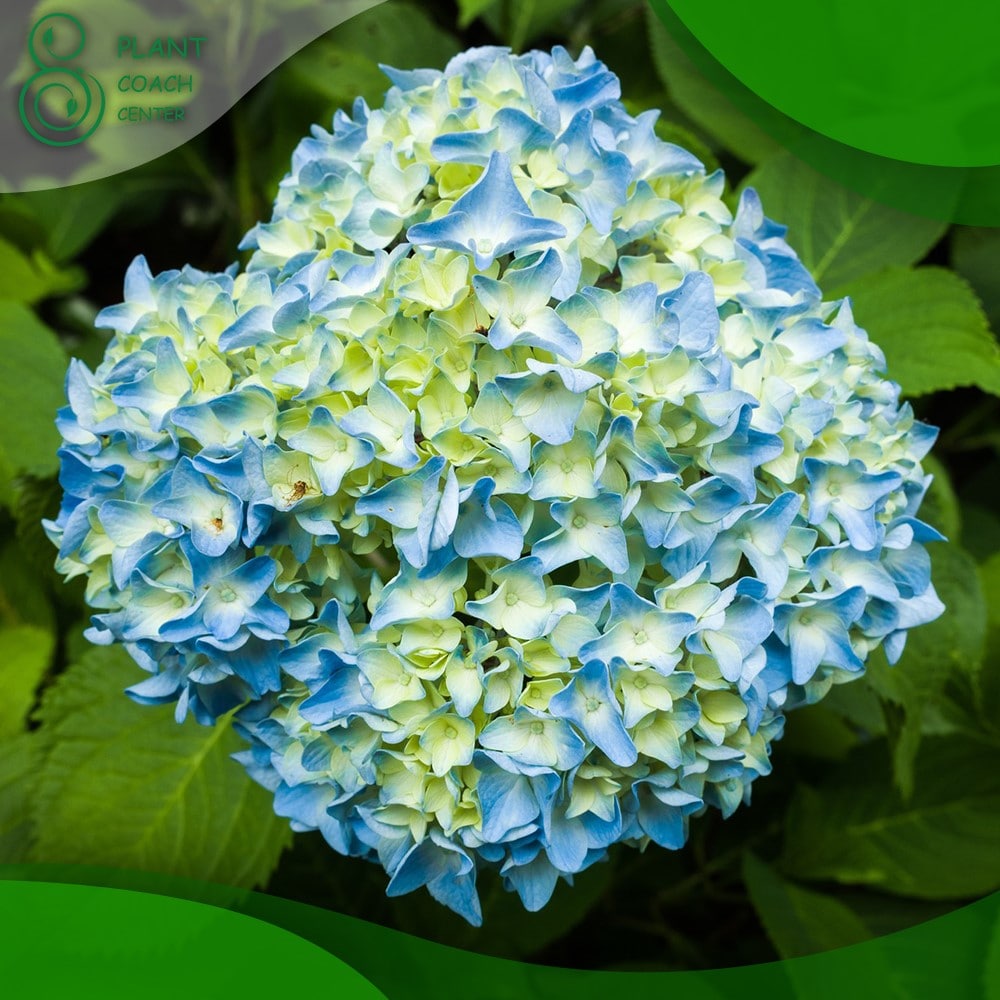Introduction to When to prune climbing hydrangea
Climbing hydrangea, a beloved and visually striking vine, has found its place in countless gardens and landscapes. With its lush green leaves and delicate, lace-like flowers, this plant is a true gem among climbers. However, to ensure that climbing hydrangea thrives and continues to grace your garden with its beauty, proper pruning is an essential practice.
Pruning isn’t just about aesthetics; it’s about nurturing the health of the plant and preserving its overall allure. In this article of plantcoachcenter.com , we will delve into the art of pruning climbing hydrangea, with a particular focus on when to do it. Understanding the ideal timing for pruning is key to ensuring that your climbing hydrangea remains a stunning centerpiece in your outdoor space. So, let’s explore the nuances of when and how to prune this captivating vine to achieve the best results.
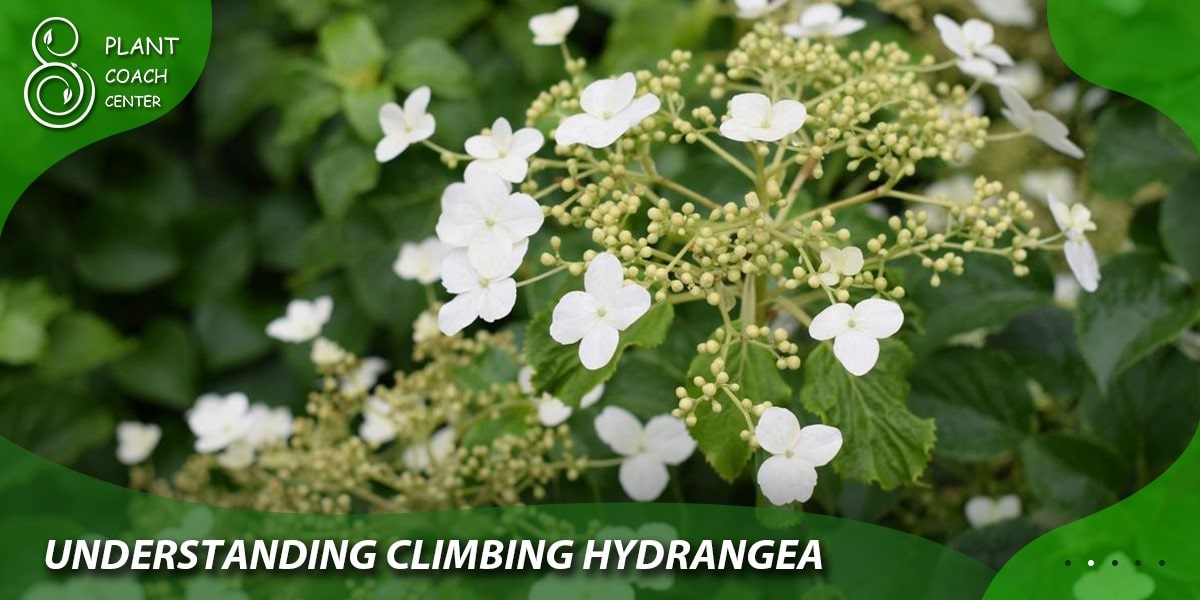
Understanding Climbing Hydrangea
Climbing Hydrangea, scientifically known as Hydrangea anomala petiolaris, possesses a unique set of attributes that make it a coveted choice in the realm of ornamental plants. To truly grasp its appeal, let’s delve into the key characteristics that define this remarkable vine.
Climbing Nature: One of the defining features of climbing hydrangea is its ability to ascend structures, be it walls, trellises, or arbors, with remarkable ease. Unlike traditional hydrangeas that grow as shrubs, climbing hydrangea showcases its natural talent for vertical growth. This climbing tendency sets it apart from many other ornamental vines, making it an excellent choice for adding a touch of elegance and greenery to vertical spaces.
Lush Foliage: Beyond its climbing prowess, climbing hydrangea boasts a lush and dense canopy of rich green foliage. Its leaves are oval-shaped and finely toothed, creating a vibrant and textured appearance. These leaves serve as an elegant backdrop for the main event: the beautiful lace-cap flowers that emerge during the blooming season.
Ornamental Beauty: Speaking of those blooms, climbing hydrangea doesn’t disappoint. In late spring to early summer, this vine produces showy, flat-topped clusters of small, fragrant flowers. These blossoms are a study in elegance, with their delicate white petals surrounding a cluster of small fertile flowers. This display of white blooms against the backdrop of verdant leaves is a sight to behold and adds a touch of grace to any garden.
Versatile Adaptability: Another noteworthy trait of climbing hydrangea is its adaptability to various light conditions. While it thrives in partial to full shade, it can also tolerate some sun, making it suitable for a range of garden environments.
In sum, climbing hydrangea’s allure lies in its unique combination of climbing tendencies, lush foliage, and ornamental beauty. Understanding these characteristics is pivotal in appreciating the distinct charm of this plant and guides us in its care and maintenance, particularly when it comes to the timing of pruning, which we’ll explore further in this article.
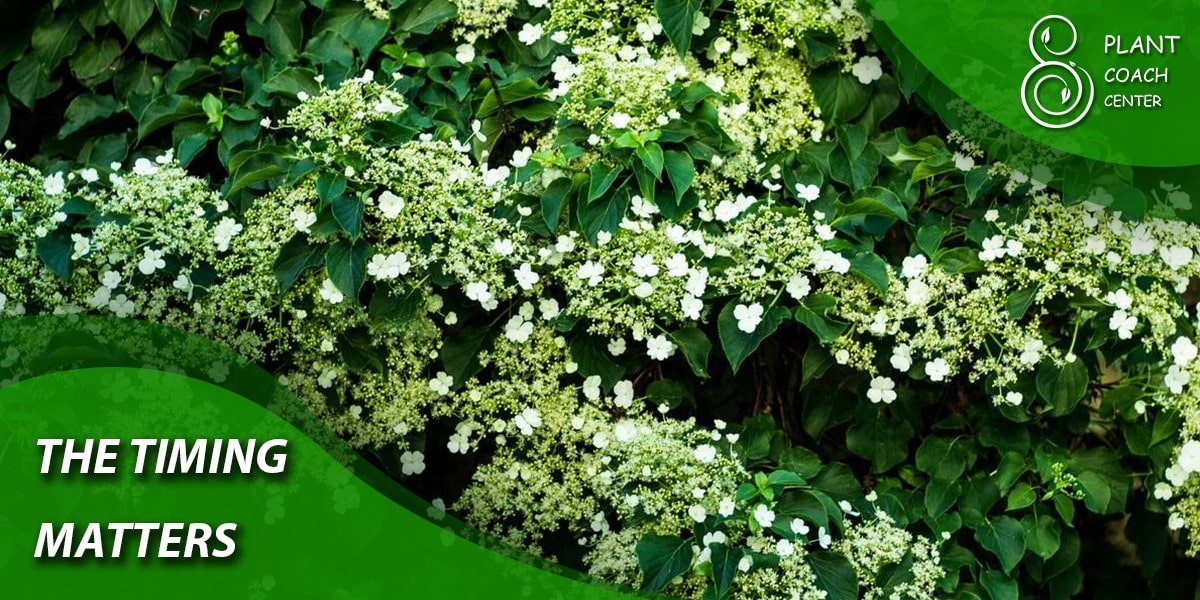
The Timing Matters
When it comes to tending to climbing hydrangeas, the timing of pruning holds a pivotal role. Understanding why the timing matters can significantly impact the health and visual appeal of these beautiful vines.
Optimal Growth and Flowering:
Climbing hydrangeas, like many plants, follow a natural growth cycle. Pruning at the right time ensures that this cycle is harmonized with the changing seasons. Late winter to early spring is the prime time for pruning these vines. During this period, climbing hydrangeas are in a state of dormancy, marked by reduced growth activity. Pruning during dormancy minimizes the stress on the plant and encourages vigorous spring growth. This, in turn, leads to an abundant display of blooms when the flowering season arrives.
Blooming Potential:
Improper timing of pruning can significantly impact the flowering potential of climbing hydrangeas. Pruning too late in the spring or summer can remove the developing flower buds, robbing you of the magnificent blossoms you eagerly anticipate. Conversely, if you prune too early in the winter, you risk exposing the plant to harsh weather conditions without the protective cover of its foliage. This can hinder its ability to thrive when the growing season resumes.
Balancing Act:
Pruning is a delicate balancing act. It’s about finding that sweet spot when the plant is in a dormant phase, which typically occurs in late winter or early spring, just before new growth begins. By pruning during this window, you’re ensuring that the plant has sufficient time to recover from the trim and direct its energy towards fresh growth and, eventually, flowering.
In essence, the timing of pruning is the linchpin of successful climbing hydrangea care. Get it right, and you’ll be rewarded with vigorous growth and a profusion of those enchanting blooms. However, mistiming your pruning efforts can lead to disappointment, as it can directly impact the plant’s ability to flourish. So, understanding this critical aspect of pruning sets the stage for a thriving climbing hydrangea in your garden.
Pruning in Late Winter or Early Spring
To ensure the well-being and vibrancy of your climbing hydrangea, timing your pruning efforts is paramount. The ideal window for pruning this beautiful vine spans from late winter to early spring, and understanding why this timeframe is optimal is crucial to your gardening success.
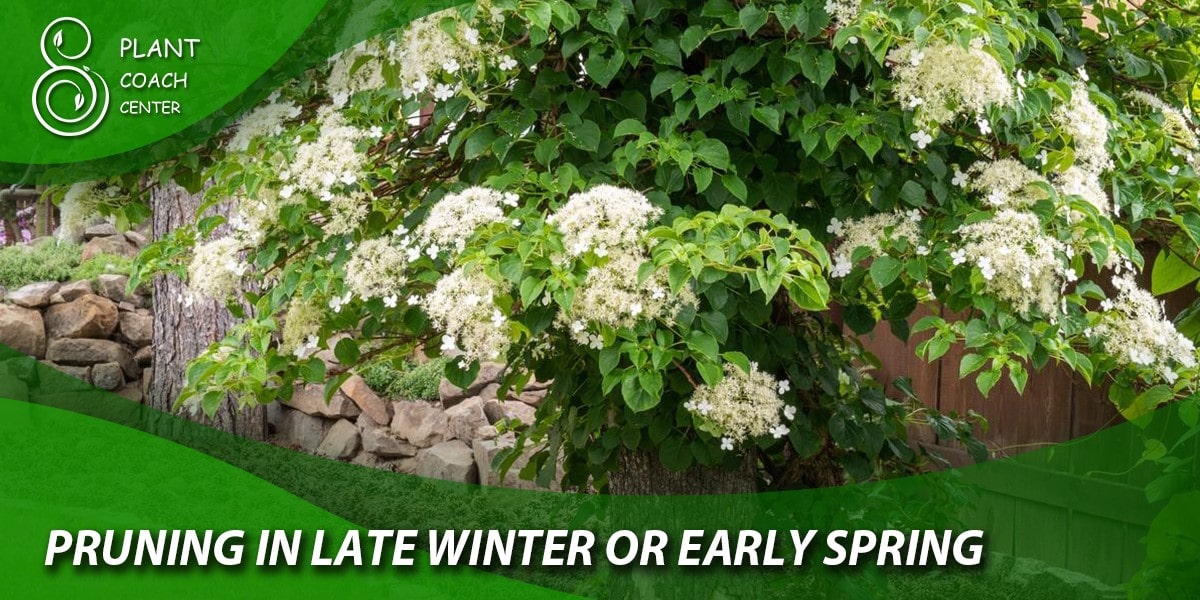
Dormancy and Stress Reduction:
Late winter to early spring is strategically chosen for pruning because it aligns with the natural dormancy period of climbing hydrangeas. During this time, the plant’s metabolic activity is at its lowest ebb, and it remains in a state of rest. This dormancy minimizes the stress that pruning can impose on the plant.
No Leaves, No Problem:
An additional advantage of pruning during this dormant phase is that climbing hydrangeas have shed their leaves. Without foliage, the plant is less vulnerable to water loss through transpiration, which typically occurs through the leaves. Pruning during this leafless period mitigates the risk of excessive moisture loss and helps the plant conserve energy.
Healthy Regrowth:
The timing ensures that when the growing season awakens, your climbing hydrangea will direct its resources toward fresh growth. Pruned branches can sprout new shoots and branches more vigorously during this period, ultimately contributing to a fuller, healthier appearance. This new growth is where your stunning hydrangea blooms will emerge, and pruning at the right time significantly influences their abundance.
In sum, pruning your climbing hydrangea during late winter to early spring is a strategic maneuver that capitalizes on the plant’s natural dormancy and minimizes stress. It’s a practice rooted in the plant’s biology, ensuring that when the growing season unfolds, your hydrangea will respond with vigor, leading to lush foliage and a profusion of captivating blooms. Understanding this timing is fundamental to nurturing a flourishing climbing hydrangea in your garden.
Benefits of Pruning in Late Winter or Early Spring
Pruning your climbing hydrangea during the late winter to early spring timeframe isn’t just a matter of convenience; it’s a strategic move that brings forth a cascade of benefits, all aimed at enhancing the plant’s health, appearance, and overall vitality.
Promoting New Growth and Blooming:
When you prune during late winter or early spring, you’re effectively kickstarting the growing season for your climbing hydrangea. By trimming away dead or overgrown branches during this dormant phase, you create space and resources for fresh, vigorous growth.
These trimmed branches are like a clean slate. They have the potential to sprout new shoots and branches with renewed vigor. These new growth points are where your hydrangea’s breathtaking blooms will emerge.
The act of pruning, when timed right, signals to the plant that it’s time to put its energy into new growth and flower production. This is crucial for a lush and vibrant display during the blooming season.
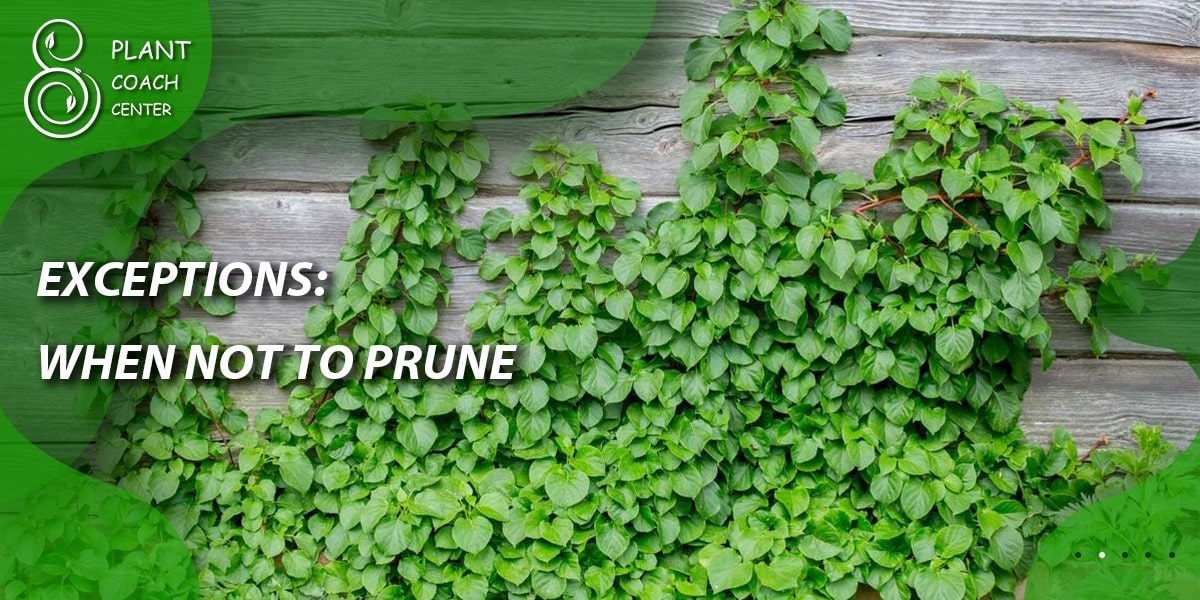
Maintaining Desired Shape:
Climbing hydrangeas, left unchecked, can sometimes become unruly and lose their desired shape. Pruning during late winter or early spring allows you to exert control over the plant’s growth.
You can shape your climbing hydrangea to your liking, whether you prefer a tidy, compact appearance or a more free-form, natural look. Trimming during this period helps you maintain that desired aesthetic.
Removing excessive growth or branches that have strayed from the intended form not only enhances the plant’s appearance but also promotes better air circulation, reducing the risk of disease.
In essence, pruning during late winter to early spring is a strategic maneuver with a dual purpose. It rejuvenates your climbing hydrangea, encouraging robust new growth and a spectacular bloom, while also affording you the means to sculpt the plant into the desired shape. It’s a harmonious blend of horticultural finesse and gardening artistry that ensures your hydrangea not only thrives but also graces your garden with its picturesque charm.
Exceptions: When Not to Prune
While late winter to early spring pruning is the go-to practice for climbing hydrangeas, it’s equally important to recognize situations when it’s best to keep your pruning shears on the shelf. Here are some exceptions and scenarios where pruning should be postponed:
Extreme Weather Conditions:
When winter refuses to relent and temperatures remain consistently below freezing, it’s wise to hold off on pruning. Pruning during extremely cold conditions can expose the plant to additional stress, potentially causing injury to the plant tissue.
Similarly, during hot and dry spells in the summer, it’s best to avoid pruning. The plant is already dealing with stress from heat and limited water, and pruning can further compound this stress.
Recently Transplanted Plants:
If you’ve recently transplanted a climbing hydrangea into your garden, it’s advisable to refrain from pruning for the first growing season. The plant needs time to establish its root system and adapt to its new environment.
Pruning too soon after transplantation can divert energy away from root development and impede the plant’s ability to acclimate to its new surroundings.
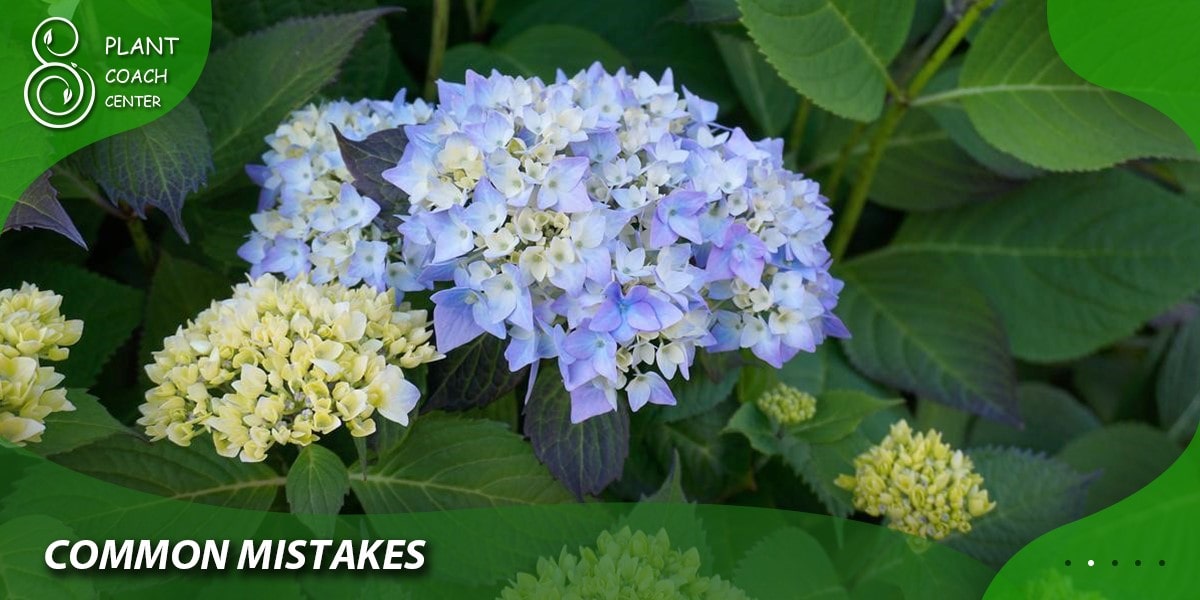
Late Bloomers:
Some varieties of climbing hydrangeas are late bloomers, with their flowering season extending into late summer or early fall. For these varieties, pruning immediately after they’ve finished blooming is recommended.
Pruning at this time allows the plant to set its flower buds for the next year’s display without disruption.
Disease or Damage Control:
While overall pruning is best done in late winter to early spring, exceptions exist when dealing with diseased or damaged branches. In such cases, it’s crucial to prune as soon as the issue is identified to prevent the problem from spreading to healthy parts of the plant.
Understanding these exceptions to the general pruning rule is crucial for the well-being of your climbing hydrangea. Pruning is a practice that should be driven by the specific needs and conditions of your plant and garden. By adapting your approach to these exceptions, you’ll ensure the longevity and vitality of your climbing hydrangea.
Common Mistakes
When it comes to pruning climbing hydrangeas, several common mistakes can compromise the health and beauty of these vines. Be mindful of these pitfalls to ensure you make the most of your pruning efforts:
Pruning Too Late in Spring:
Waiting until late spring or early summer to prune can result in the removal of newly formed flower buds, leading to a lack of blooms in the current growing season.
Pruning Too Early in Winter:
Pruning too early in winter, before the plant goes dormant, can expose the climbing hydrangea to harsh weather conditions without the protective cover of its foliage, potentially harming the plant.
Skipping Pruning Altogether:
Neglecting to prune at all can lead to an overgrown, messy appearance, as climbing hydrangeas benefit from annual pruning to remove dead wood and encourage new growth.
Inconsistent Pruning:
Failing to follow a regular pruning schedule can result in an uneven and irregular growth pattern, making it important to maintain the desired shape and size of the plant.
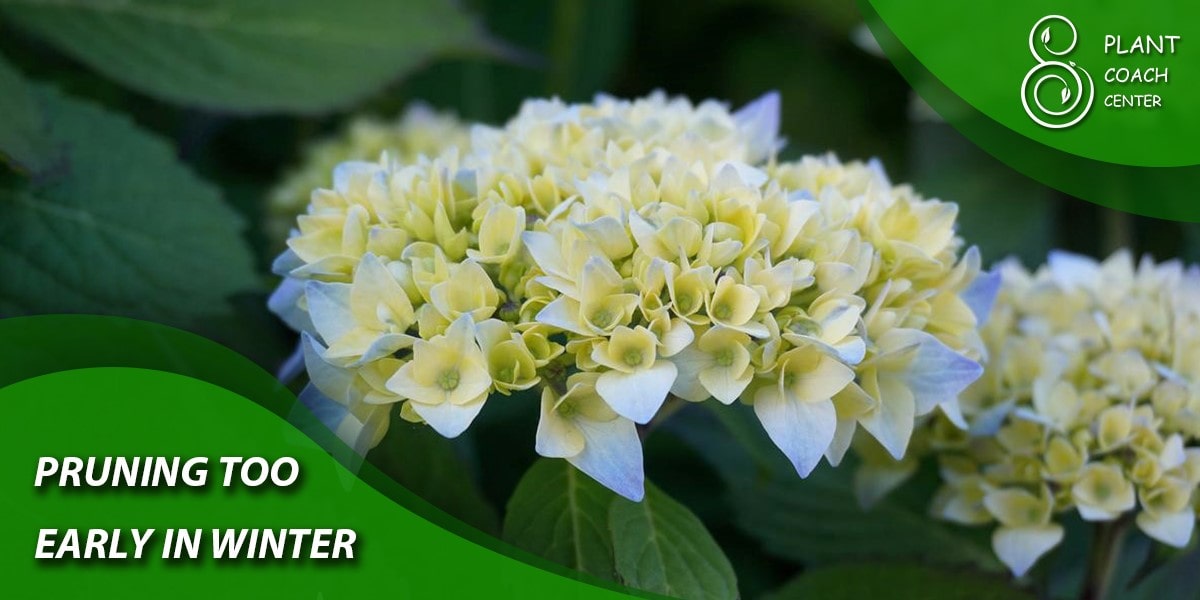
Pruning During Active Growth:
Pruning during the active growing season, such as late spring or summer, can stress the plant and interfere with its ability to allocate energy to new growth and blooming.
Neglecting Disease or Damage Pruning:
Overlooking the prompt pruning of diseased or damaged branches can allow problems to spread and weaken the plant’s overall health.
Not Considering Variety Differences:
Climbing hydrangea varieties may have different blooming patterns—some on old wood, others on new growth. Knowing your specific variety is crucial for timing pruning correctly.
By being aware of these common pruning mistakes and avoiding them, you can optimize the timing of pruning for your climbing hydrangea, ensuring a healthy and visually pleasing addition to your garden.
Conclusion
In conclusion, the timing of pruning is a pivotal factor in the care and vitality of your climbing hydrangea. Pruning during the recommended late winter to early spring timeframe aligns with the plant’s natural dormancy, reducing stress and promoting vigorous new growth. It not only ensures an abundance of breathtaking blooms but also allows for the maintenance of the desired shape.
Timing is the key to unlocking the full potential of this enchanting vine. So, whether you’re seeking to rejuvenate an overgrown hydrangea or maintain its elegance, remember to adhere to the late winter to early spring schedule. By doing so, you’ll be rewarded with a flourishing and visually captivating climbing hydrangea, enriching your garden with its lush foliage and exquisite blossoms.
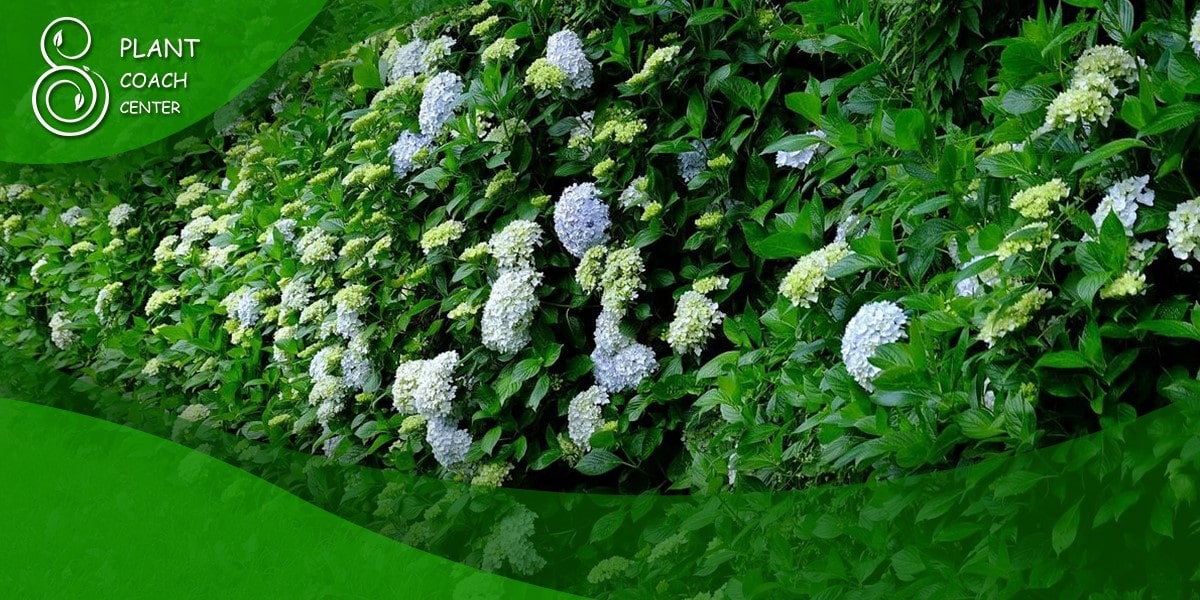
FAQ
When should I prune my climbing hydrangea?
Late winter to early spring is the best time for pruning.
Can I prune my climbing hydrangea in the summer?
It's best to avoid pruning during the active growing season.
What if my climbing hydrangea has been recently transplanted?
Hold off on pruning for the first growing season after transplanting.
Are there exceptions to the late winter to early spring rule?
Yes, avoid pruning during extreme weather or if your hydrangea is a late bloomer.
How do I prevent over-pruning my climbing hydrangea?
Prune only what's necessary to maintain shape and remove dead wood.
Can I prune my climbing hydrangea if it's diseased?
Yes, promptly prune diseased branches to prevent further spread.


